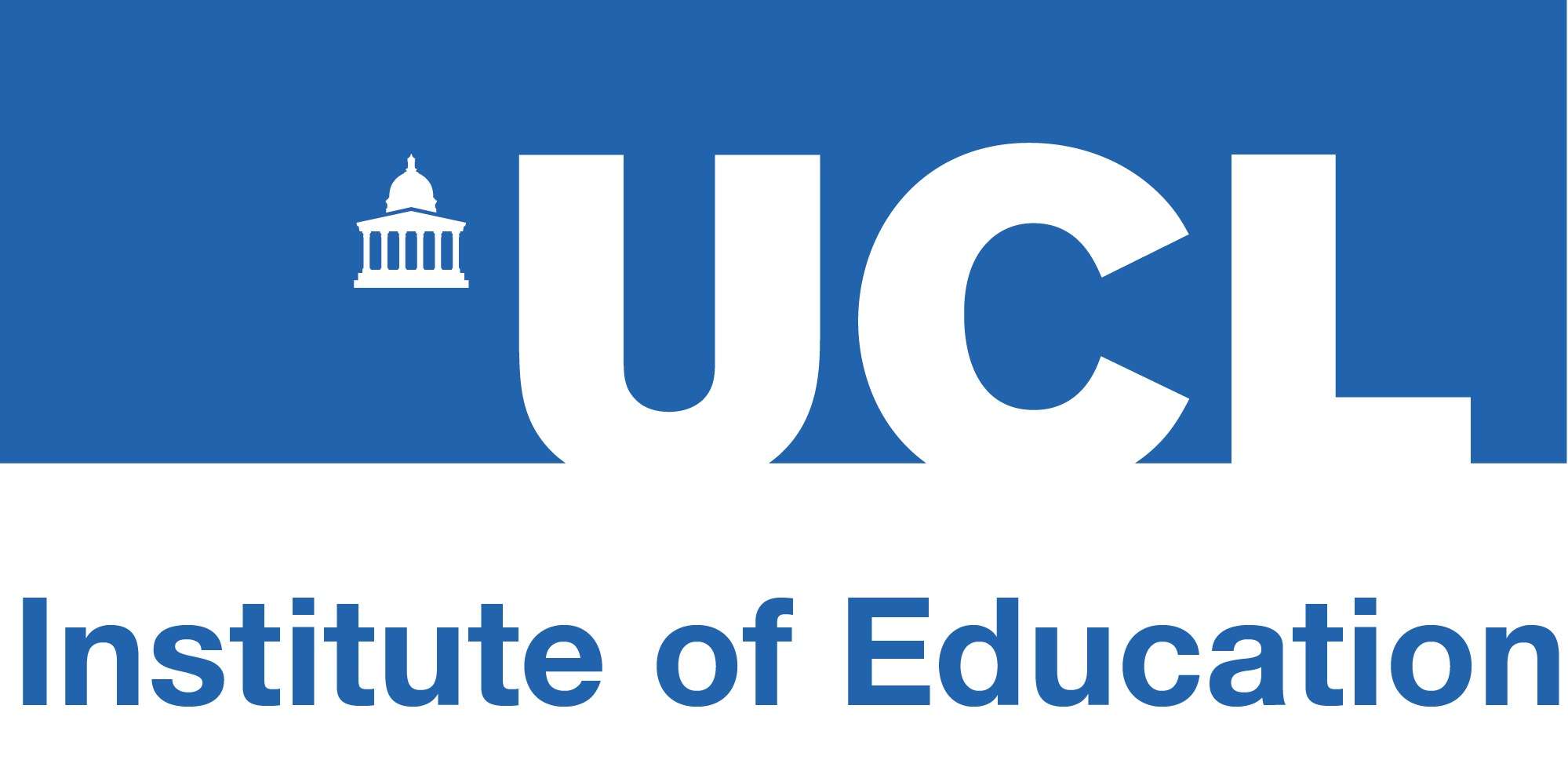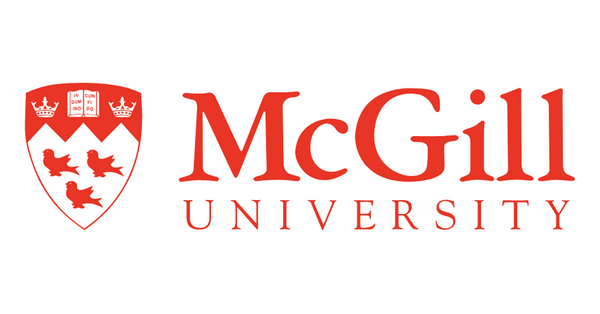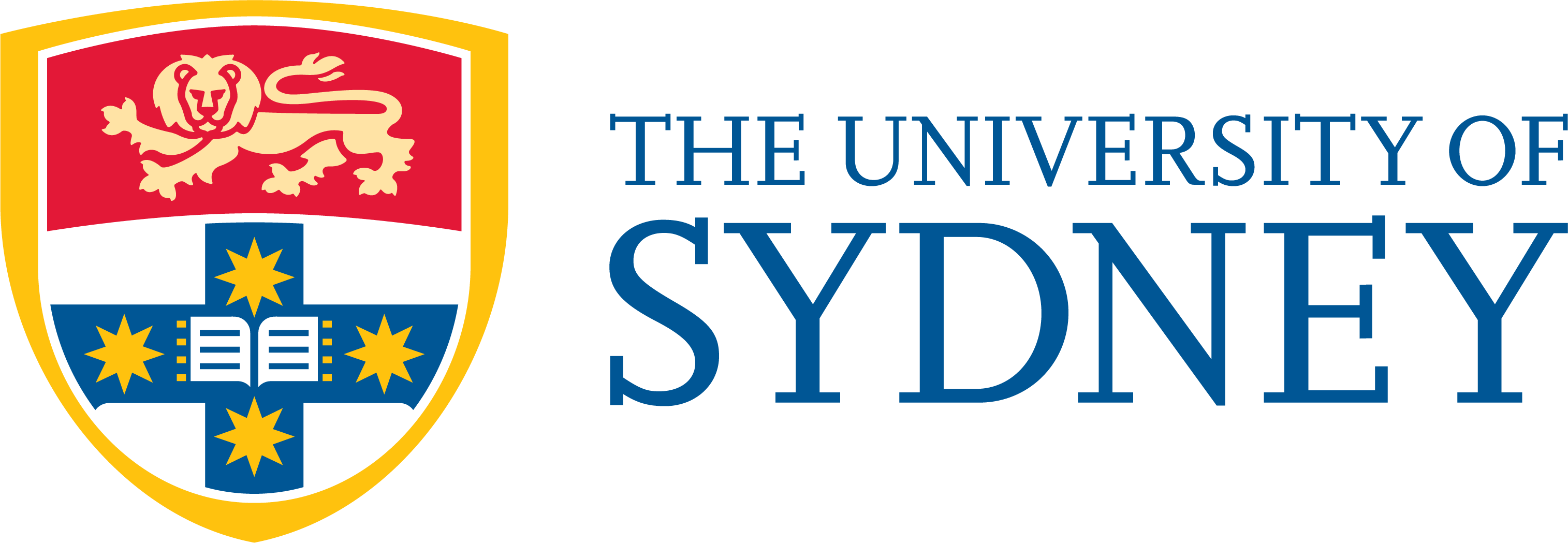Top Universities

The University of Pennsylvania, a private Ivy League research institution in Philadelphia, traces its roots to Benjamin Franklin's vision of an educational hub fostering leaders in academia, commerce, and public service. Established before the U.S. Declaration of Independence, it's esteemed as one of the nation's oldest universities, though contested by peers.

Established in 1885 by Leland and Jane Stanford in honor of their son, Stanford University is a private research institution situated in Stanford, California. Spanning 8,180 acres, it boasts one of the nation's largest campuses. Leland Stanford, a prominent figure in railroads and California politics, played a pivotal role in its founding.

Established in 1869, Purdue University, situated in West Lafayette, Indiana, is a prominent public research institution. John Purdue, a local businessman, generously donated land and funds to initiate a college focused on science, technology, and agriculture. Classes commenced on September 16, 1874, with an initial cohort comprising six instructors and 39 students.

The University of Oxford, founded in 1096, is a historic collegiate research institution in Oxford, England. It's the oldest English-speaking university and the world's second-oldest continuously operating university. Rapid growth began in 1167, spurred by Henry II's prohibition of English students attending the University of Paris. Disputes in 1209 led to the establishment of the University of Cambridge, collectively known as Oxbridge.

Founded in 1885 by Leland and Jane Stanford in memory of their son, Stanford University stands as a prestigious private research institution nestled in Stanford, California. Its expansive campus, covering 8,180 acres, ranks among the largest in the United States. Leland Stanford, renowned for his contributions to railroads and California politics, played a crucial role in the university's establishment, leaving a lasting legacy in academia and shaping its esteemed reputation.

Purdue University, situated in West Lafayette, Indiana, is a prominent public research institution. John Purdue, a local businessman, generously donated land and funds to initiate a college focused on science, technology, and agriculture. Classes commenced on September 16, 1874, with an initial cohort comprising six instructors and 39 students.

McGill University is an English-language public research university located in Montreal, Quebec, Canada. Founded in 1821 by royal charter,the university bears the name of James McGill, a Scottish merchant and slave owner,[13] whose bequest in 1813 established the University of McGill College. In 1885, the name was officially changed to McGill University. The university has an enrolment of more than 39,000 students.

The University of British Columbia (UBC), founded in 1908, is a public research university in British Columbia, Canada, with campuses near Vancouver and Okanagan. As the province's oldest university, UBC boasts an annual research budget of $773 million, supporting over 10,000 projects annually, making significant contributions to academic and scientific advancements.

The University of Waterloo, located in Waterloo, Ontario, Canada, spans 404 hectares, with its main campus adjacent to uptown Waterloo and Waterloo Park. It boasts three satellite campuses and four affiliated colleges, offering programs through six faculties and thirteen schools. Notably, Waterloo hosts the world's largest co-operative education program, with over 20,000 undergraduate students participating. Additionally, it's a proud member of Canada's U15 research-intensive universities.

Deakin College has facilitated the transition of over 15,000 students to Deakin University. Offering the Foundation Program and various diplomas, it provides pathways for students to bridge gaps or meet entry requirements. Courses are held at Deakin University campuses in Melbourne, Geelong, or Jakarta, with intakes in March, June, and October.

ANU, a public research university in Canberra, Australia, is part of the Group of Eight. Established in 1946 by the Parliament of Australia, it integrates seven colleges, national academies, and institutes. Originating from Canberra University College in 1929, ANU enrolls 13,329 undergraduates and 11,021 postgraduates, with 4,517 staff. Its endowment was A$1.8 billion in 2018.

The University of Sydney is Australia and Oceania's oldest public research institution. As one of Australia's prestigious sandstone universities, it prioritized academic merit, admitting students regardless of gender from its inception. With eight faculties and various schools, it provides undergraduate, graduate, and doctoral programs, maintaining its legacy of academic excellence and inclusivity.
Book Your Free Consultation
Newsletter Updates
Enter your email address below to subscribe to our tasty newsletter

